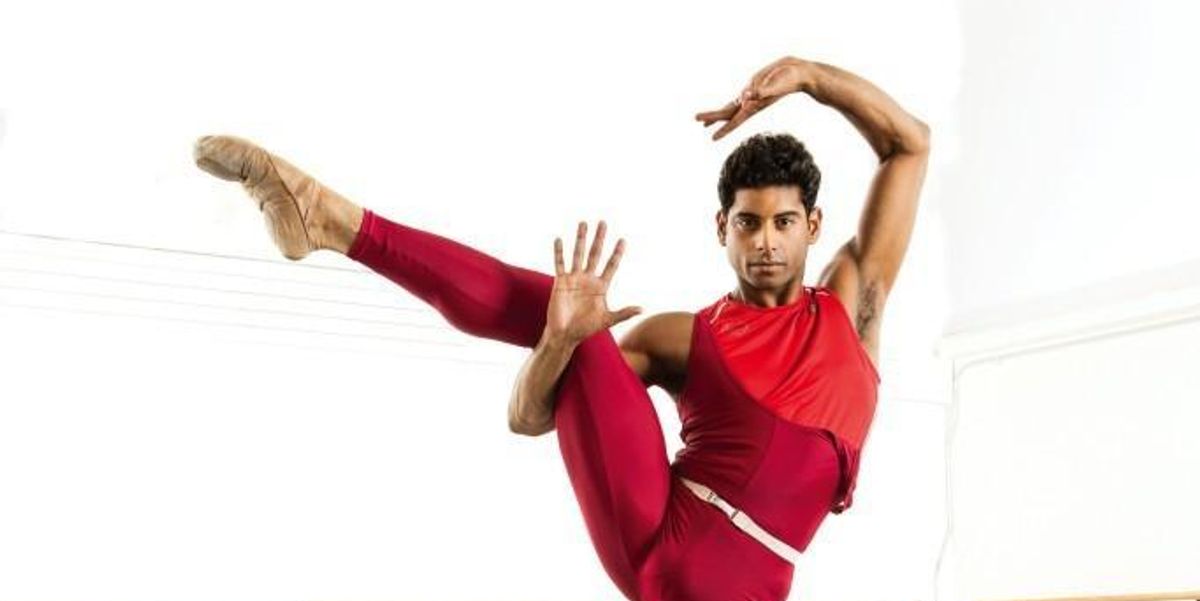7 Lessons Our 2016 Cover Stars Taught Us
2017 is right around the corner! I’ve always found that this is the perfect time of year to reflect on the last 12 months—and to look to the dancers and choreographers I admire for inspiration before diving into the brand new year. Glancing back at 2016, there’s a lot to learn from our diverse array of cover stars. But the one thing they all have in common? The message that as an artist, taking risks and never settling for what is comfortable is what will lead to your strongest work. Here are seven lessons we’ve gleaned from our 2016 cover stars.
There’s no substitute for hard (and smart) work.
Our August cover star Jurgita Dronina
might seem born for ballet, but she insists that this is an illusion. Growing up, she was told that she didn’t have the physical prerequisites necessary for a ballet career, something that seems to have spurred her relentless work ethic: “I want to go onstage and lose myself,” she says. “That’s why I work so hard, so that onstage I’ve transformed.”
And while the dreamy Amar Ramasar is capable of stepping into virtually any role in NYCB’s repertory with apparent ease, the clean, relaxed lines needed for classical work long eluded him. “I had a lot of growing up to do,” he says of his training. “I had to work harder.”
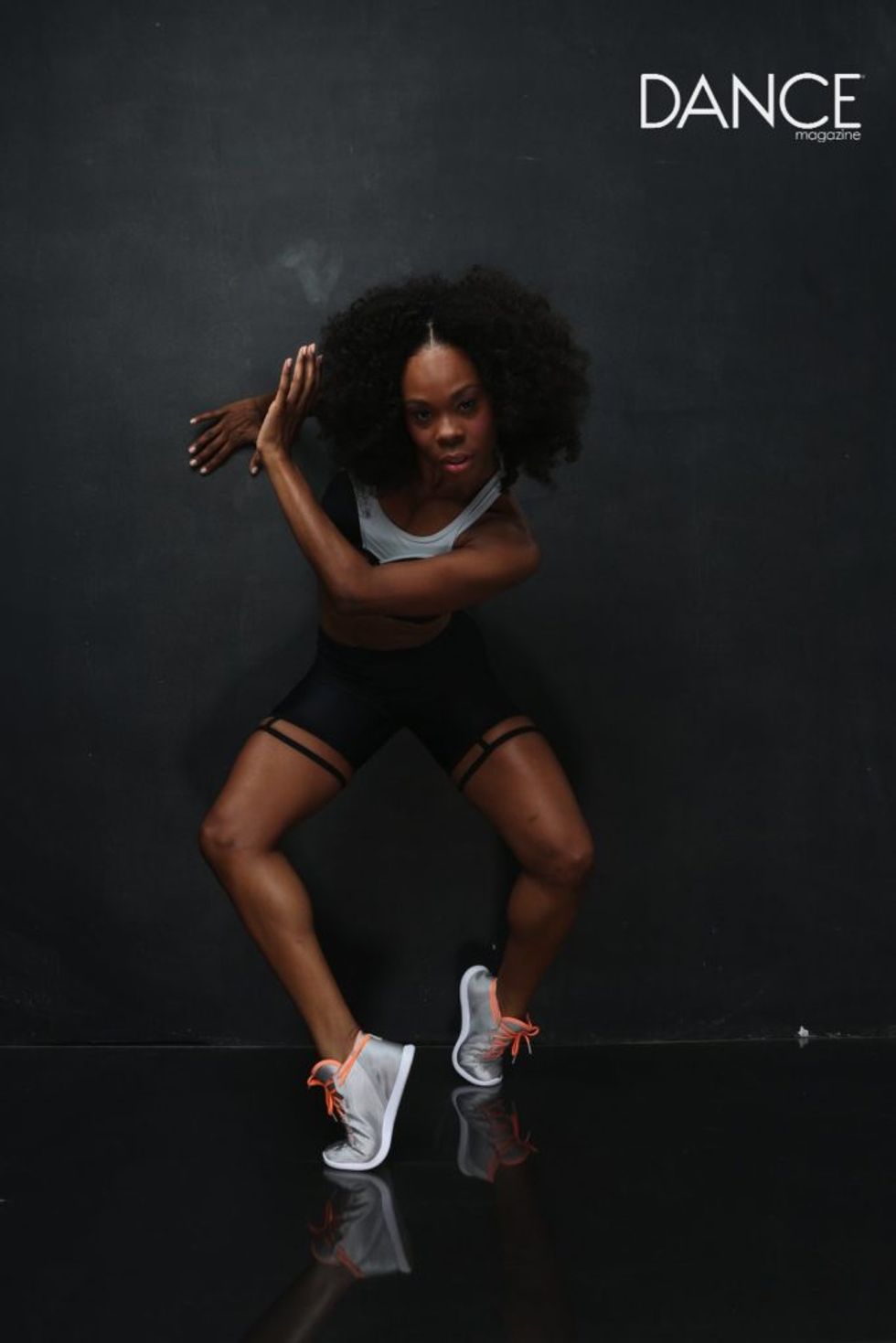
Ebony Williams. PC Jayme Thornton.
Versatility really will take you places.
We like to think of Ebony Williams, who graced the cover of our October issue, as a chameleon: equally comfortable strutting in formation with Beyoncé as she is dancing a contemporary ballet concert piece. On tour, she puts on pointe shoes to do relevés while watching TV in her hotel room—but what else would you expect from a veteran of Cedar Lake Contemporary Ballet? In case you needed the reminder, Williams is proof that versatility always pays off.
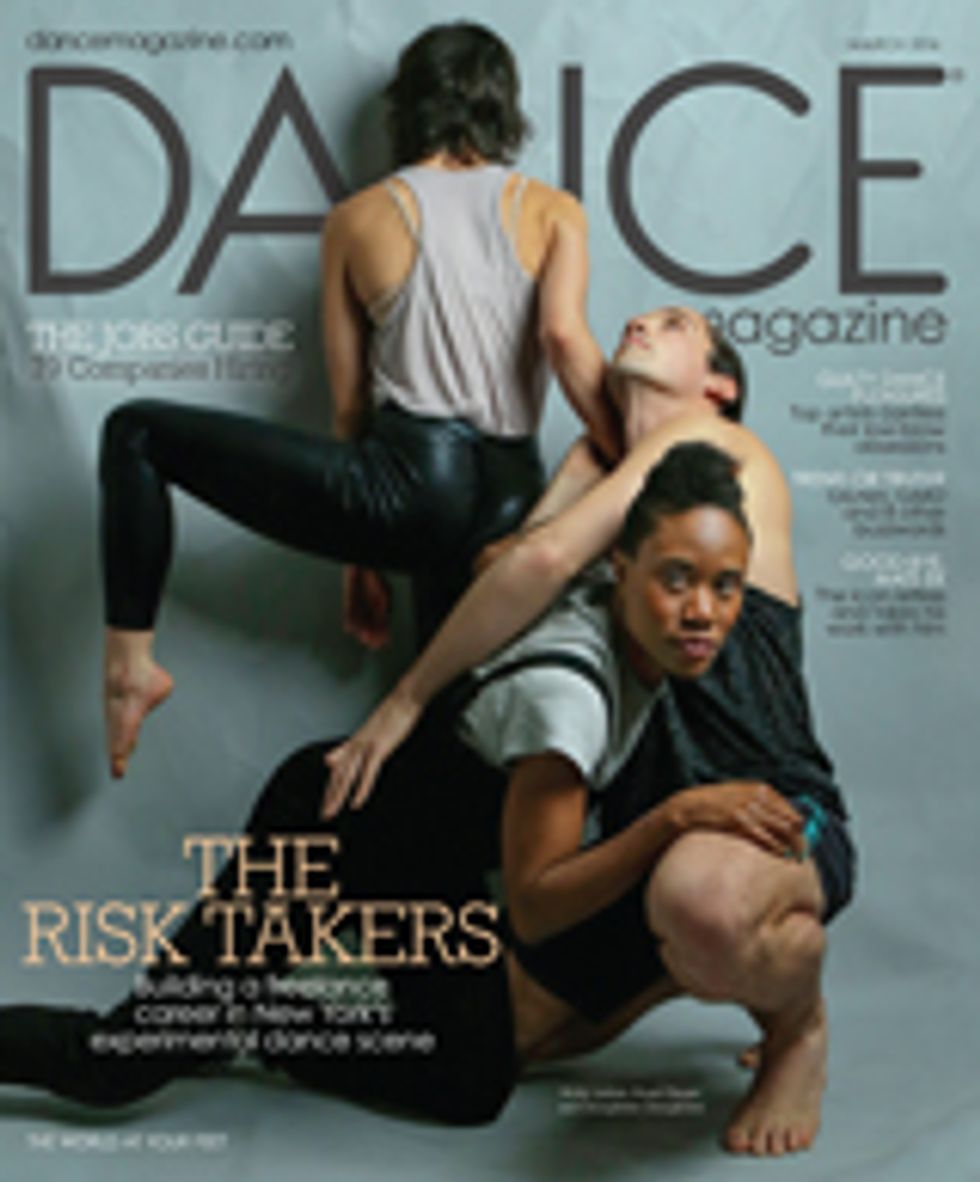
PC Jayme Thornton.
Define your own version of success, and work for it.
Our March cover stars Molly Lieber, Stuart Singer and Omagbitse Omagbemi are all pros at the freelance hustle. For them, being able to do the work that they find interesting—even without the security of a company—is what it means to “make it” as a dancer. “I wanted a range of experiences,” Singer says. “I think I perceived on some level that this long-term commitment to one choreographer wasn’t how I wanted to build my career.” No matter what direction you’re thinking of going with your career, know that there is no one path.

Akram Khan. PC Matthew Murphy.
Greater risk,
greater reward.
We interviewed Akram Khan about his new contemporary Giselle for English National Ballet in our September cover story, a work that’s since been praised for its daring, poignancy and originality. But of course it wasn’t a sure bet: “I’m terrified and super-excited about Giselle,” Khan told us in the midst of creating it. “This is my first full-length ballet, god help me.”
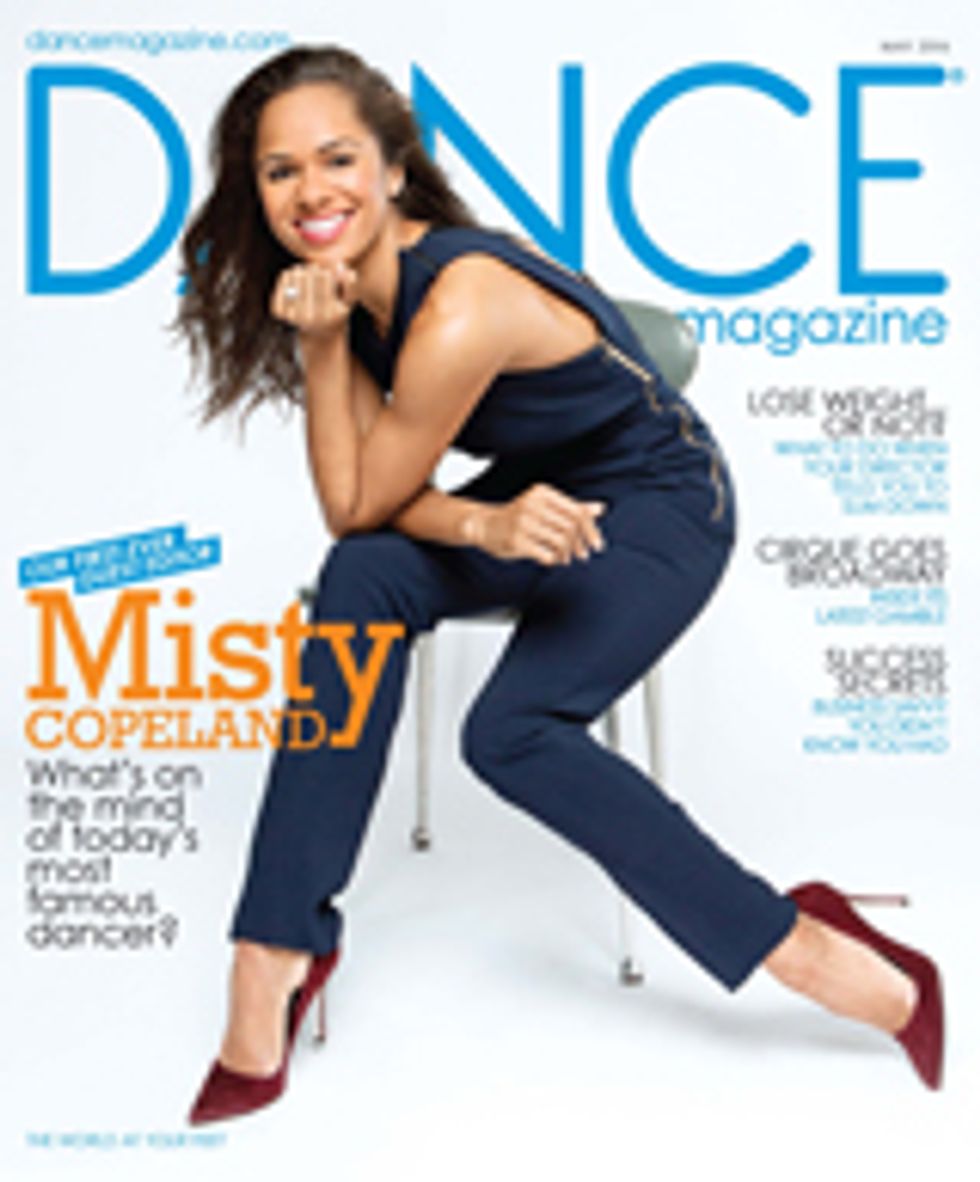
PC Jayme Thornton.
Always reach for new goals.
No matter what you achieve in your career, you can always go further. Case in point: Boston Ballet principal Misa Kuranaga and the inimitable Misty Copeland. Both are at the highest levels of top companies, while building international careers through a combination of dogged determination and savvy self-promotion, but neither is satisfied with just reaching the top. When Kuranaga appeared on our November cover, she told us, “When I got to principal, that was actually my start.” And during Copeland’s stint as guest editor for our May issue, she said, “It’s almost harder now. It’s a different battle, more internal. I just want to be better. I want to give an amazing performance every time I’m onstage. And to continue the diversity conversation.”
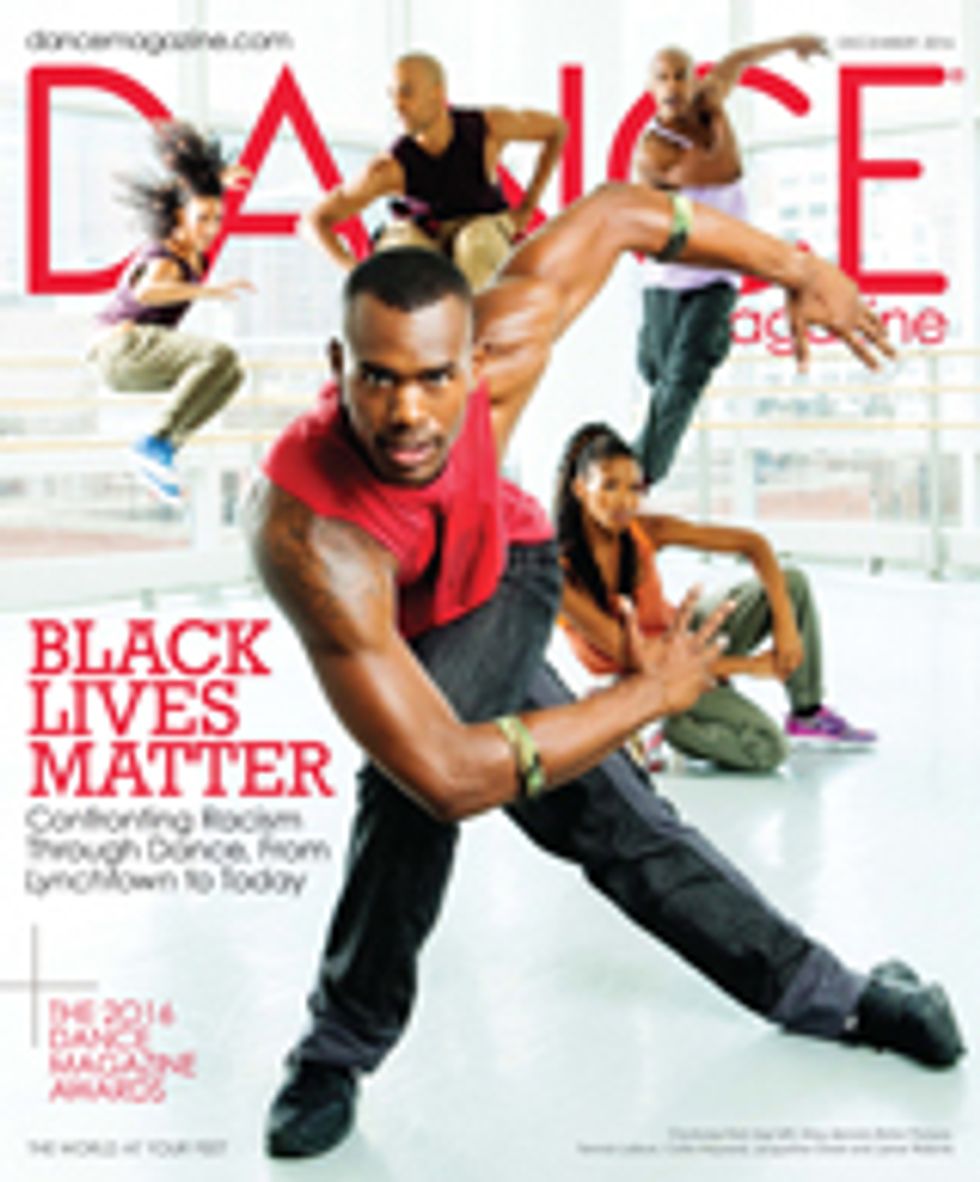
PC Jayme Thornton.
Seek out what is difficult.
One of the threads running through our December cover story, “Dance in the Age of Black Lives Matter,” was the idea that we as creators should never become too complacent. “That’s what we’re supposed to do as artists, is challenge systems,” Alvin Ailey artistic director Robert Battle told us. Choreographer Donald Byrd agreed, stating, “If it makes you uncomfortable, you should go running toward it. [The theatre is a] safe place to be uncomfortable.”

Julie Kent. PC Jayme Thornton.
The work is what matters.
At the end of the day, it isn’t important what your success looks like compared to the person standing next to you in class, or even to any of our cover stars. What counts is putting in the time and effort, and doing the best work that you can. As Julie Kent told us when she appeared on our July cover, “At the end of the day, it’s about the work. That is your reward. That’s what you’re left with.”
